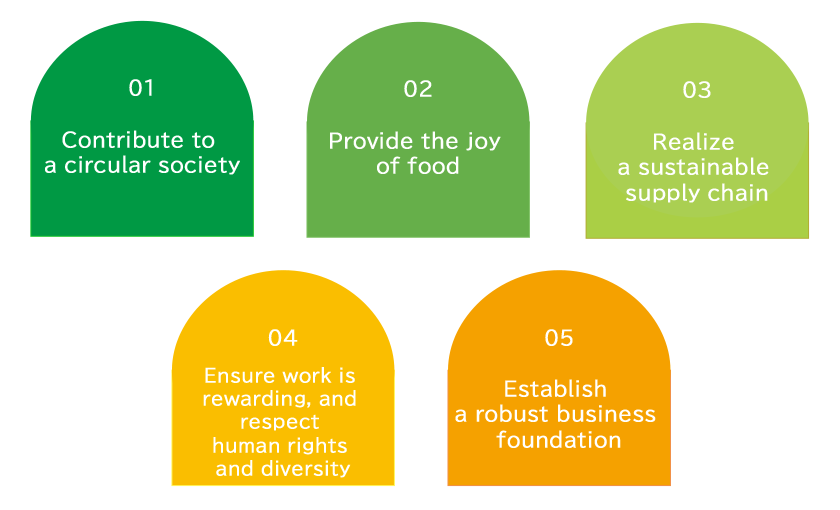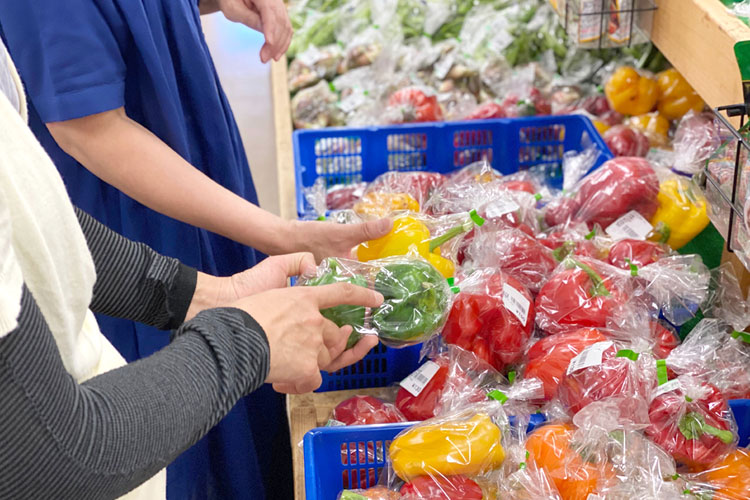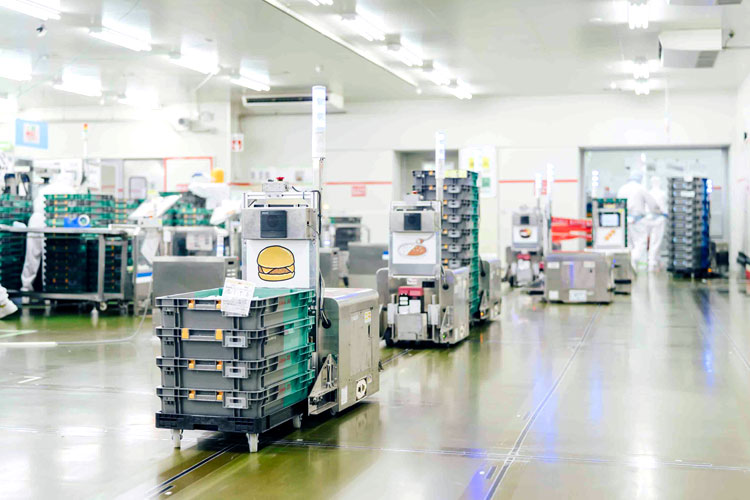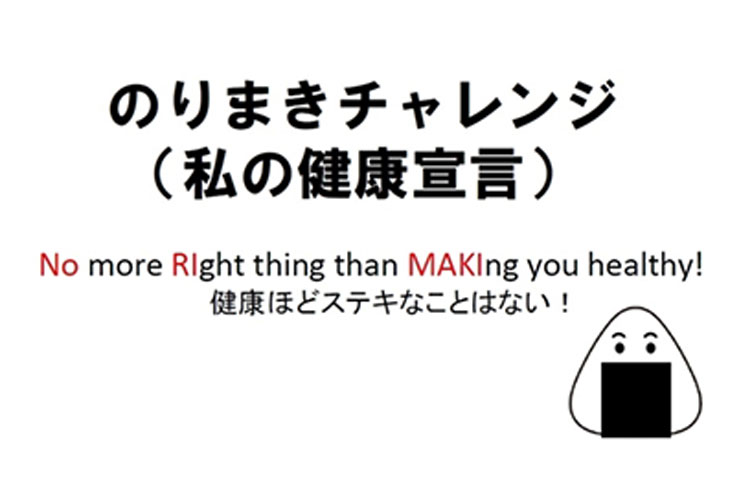Warabeya Nichiyo Group consistently delivers the joy of food and helps to build a sustainable society by valuing the blessings of the Earth and playing a leading role in world food culture
Warabeya Nichiyo Group consistently delivers the joy of food and helps to build a sustainable society by valuing the blessings of the Earth and playing a leading role in world food culture

Extracted a 370-item materiality population
In order to identify our material issues, we extracted a population consisting of a broad range of 370 challenges that, in light of our corporate philosophy, the Group must tackle. This population includes the World Economic Forum (WEF) Global Risks Report 2022, the Sustainable Development Goals (SDGs), the SASB Standards, the SASB industry-by-industry Materiality Map, ESG rating agency survey items (CDP question items), and initiatives taken by other companies in our industry.
Assessed the importance to society and the Company
Conducted manager interviews and employee surveys
We evaluated the importance of each issue to society and the Company, narrowed the population down to 46 items, and conducted interviews with management and sent questionnaires to all employees. By providing all employees with the opportunity to think about these issues on a personal level, we were able to obtain a high level of interest, with a questionnaire response rate of 96%.
Verified concurrence to identify material issues
We conducted reviews regarding the importance of each issue for medium- to long-term management of the Group, as well as the concurrence with challenges faced by society as a whole, thereby categorizing the issues into five areas of materiality.
Promote decarbonization, reduce environmental impact, and aim to realize a circular society
sdgs07e sdgs09e sdgs12e sdgs13e sdgs14e

Reduce CO₂ emissions by 50% from 2018 levels
Reduce industrial waste amounts by 50% from 2018 levels
Contribute to the safe, diverse diets of our customers
sdgs02e sdgs03e sdgs09e sdgs12e

Promote the development of environmentally friendly products (actively promote longer shelf lives for existing and new products)
No serious quality incidents*~{1}
- Definition of serious quality incident: Product recall or removal of a product from distribution due to contamination, mislabeling, etc.

Promote the development of products that consider health, and contribute to abundant diets for customers
Reliably procure and supply food in response to climate change and transforming social conditions
sdgs02e sdgs08e sdgs12e sdgs14e
Procure ingredients in a sustainable manner
(promote the procurement of certified marine ingredients and the use of GAP ingredients for domestic and imported vegetables)

Expand procurement of locally produced ingredients for local consumption

- Improving Delivery Efficiency
- Efforts towards automation and eco-friendliness.
Establish systems that enable everyone to flourish
sdgs03e sdgs04e sdgs05e sdgs08e sdgs10e

Increase the ratio of women in management positions within the Group to 10% or more

Aim to create workplaces where all employees can play an active role, and fully support employees returning to work from parental leave.
Promote work-life balance, and strive to improve the rate at which paid leave is taken

Provide various training opportunities, and offer continuous support for self-development

Implement the Norimaki Challenge*~{2}
Make individual employee health declarations
- As part of health management, each employee makes a health declaration to maintain and improve his or her own health. This effort encourages employees to take an interest in their own health management while striving to achieve specific goals (for all employees of the Group).
Smoking rate*~{3}: Target of 15.0%
(Target date: February 2028)
- For all employees of the Group.

Promote the Group's Human Rights Policy to ensure respect for everyone’s human rights
Strengthen the ability to act flexibly and swiftly in line with changes in the business environment
sdgs09e sdgs16e sdgs17e
- Strengthen governance based on the Corporate Governance Code (compliance rate: 100%)
- Strengthen risk management
- Promote compliance
- No deaths or serious industrial accidents (every year)*~{4}
Work-related accident frequency*~{5} of 1.00 or less (target date: February 2033)
Compared with 2022, 2.74 -> 1.00 (63% reduction)
- Serious industrial accident: The Group defines any accident of Grade 3 or higher under Regulations for Enforcement of the Industrial Accident Compensation Insurance Act, Attached Table 1: Grade of Disability as a serious industrial accident (applicable to the entire group).
- Work-related accident frequency: The frequency of accidents expressed as the number of deaths and injuries due to work-related accidents per one million total actual working hours (calculation method: number of deaths and injuries due to work-related accidents/total actual working hours x 1,000,000).
Create novel, original food technologies by developing materials and by refining cooking process, preserving, and evaluation techniques